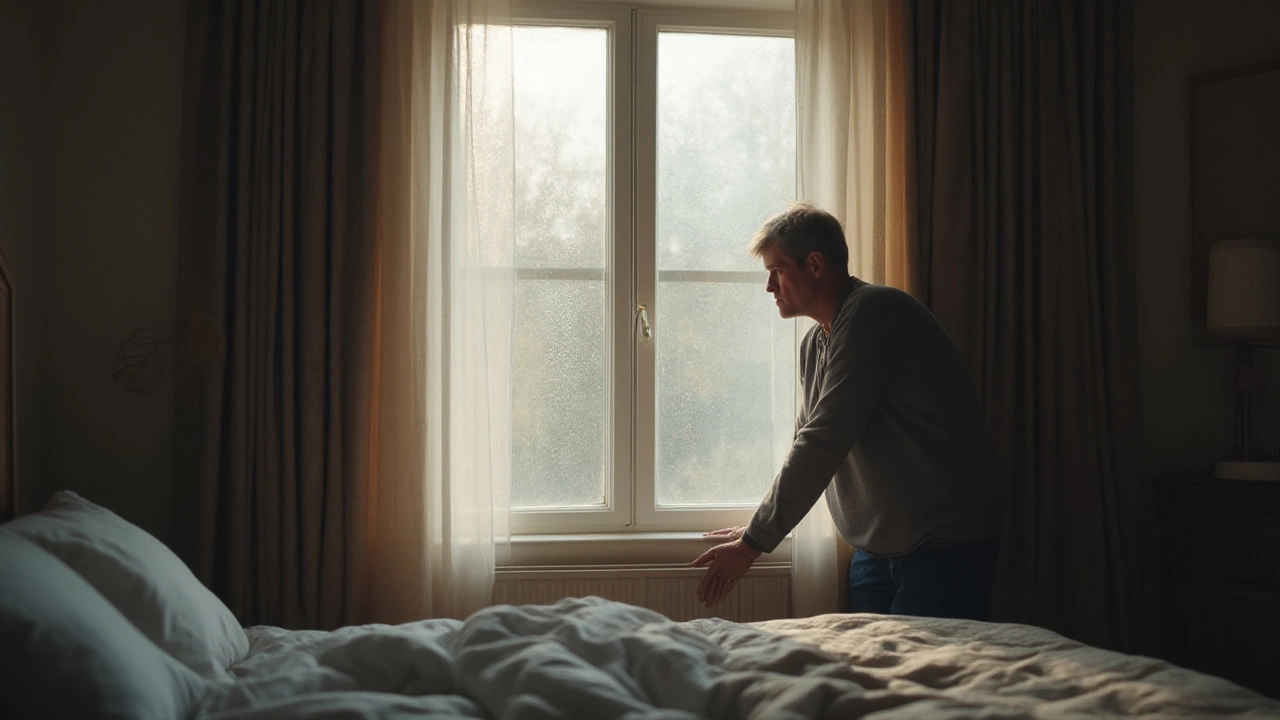Blackout Curtains: How to Choose, Hang and Style Them
If you’re tired of sunrise sneaking into your bedroom or streetlights keeping you up, blackout curtains are the answer. They block out light, cut down on noise, and even help keep rooms cooler in summer and warmer in winter. Below you’ll find straightforward advice on picking the right pair, installing them correctly, and making them look good in any room.
Why Blackout Curtains Matter
First off, they do more than just make a dark room. A good set reduces heat loss by up to 30%, which can lower your energy bill. The thick fabric also dampens outside noise, so you get a quieter space for sleep or movie nights. Because they block a lot of UV light, your furniture and carpets stay brighter longer.
Picking the Right Fabric and Size
Look for a lining that’s at least 80% blackout – most brands state the percentage on the label. Polyester blends are popular because they’re easy to clean. If you love a natural look, cotton with a blackout backing works well, but it may need a bit more care. Measure the window width and add 10‑15 cm on each side for a full‑cover look; height should be either just touching the floor or hanging 2‑5 cm for a tailored finish.
When you decide on length, think about the room’s vibe. A floor‑to‑ceiling drop adds drama to living rooms, while a slight break at the floor (about 2 inches) is perfect for bedrooms with pets or kids because it’s easier to vacuum. Our post on “Can Curtains Be 2 Inches Off the Ground?” goes deeper into that choice.
Choosing a colour is easy when you match the curtain rod and hardware to other finishes in the room. If you’re unsure about going all dark, start with a neutral shade like charcoal or navy; it blends with most décor and still blocks light effectively.
Installation doesn’t need a handyman. Use a sturdy rod that can hold the extra weight of the blackout lining. Mount the brackets at least 5 cm higher than the curtain’s top to create the illusion of taller windows. If you want the curtains to slide smoothly, consider a double‑track system – it lets you stack the blackout panel behind a sheer for daytime privacy.
After the rods are up, slide the curtains on, then adjust the folds so the fabric gathers evenly. A simple “pint‑size” fold (about 5 cm) looks tidy and keeps the fabric from pulling.
Maintenance is straightforward: most blackout curtains are machine‑washable on a gentle cycle. Hang them to dry or tumble on a low setting. If you spot a stubborn stain, a spot‑clean with mild detergent works before a full wash.
Finally, style your blackout curtains to complement the room. Pair them with lighter sheers for layered looks, or use bold patterns if you want the curtains to be a focal point. Mixing textures – like a linen sofa with a sleek blackout panel – adds depth without feeling busy.
With the right size, fabric, and hanging method, blackout curtains become more than a functional item – they’re a design statement that improves sleep, saves energy, and makes any space feel cozy.

Blackout Curtains Disadvantages: What You Should Know Before Buying
Explore the real downsides of blackout curtains, from air flow issues to impacts on mood and energy bills. Learn what to consider before installing them.
Categories
- Storage (27)
- Bathroom (18)
- Sofas (15)
- Curtains (15)
- Home Decor (12)
- Bedding (11)
- Kitchenware (11)
- Cushions (11)
- Mirrors (10)
- Rugs (9)
Popular Articles



